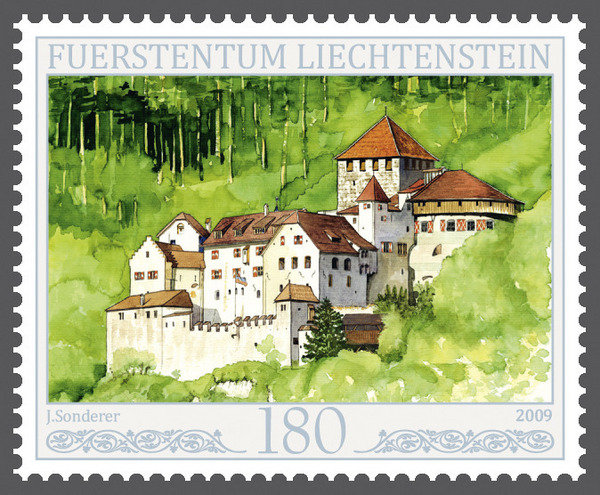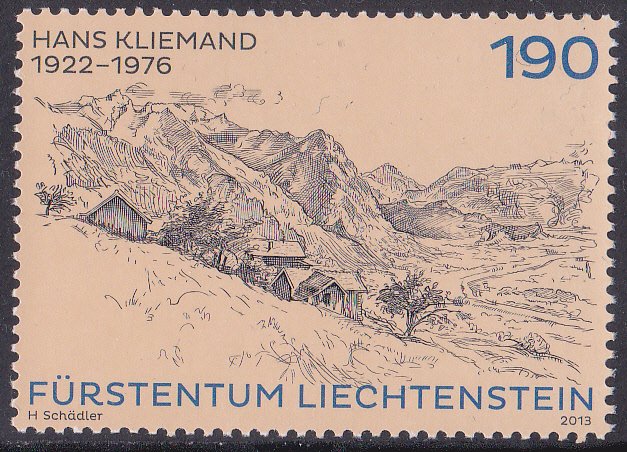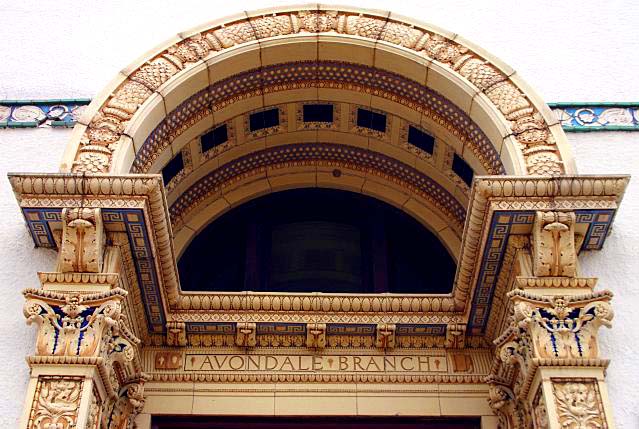Artisanal arts of Liechtenstein cover a number of
handicrafts like basket weaving, woodcarving, pottery, and other similar
skills. They’re known for making elaborate rakes and for their elaborately
designed postage stamps. Many of their stamps are based on paintings from
Liechtensteiner artists. For Liechtensteiners, art is about the skill and the
creativity that goes into the artist’s works. And art for them is not strictly
tied to the canvas: it’s in its architecture, handicrafts, public art
sculptures, and wall murals.
Liechtenstein celebrates a vibrant art scene. Art museums
and galleries are popular destinations and special exhibits often bring in many
people. And as far as mediums of art go—photography, graphic arts, painting,
sculpting, filmmakers—Liechtensteiners embrace all of them.
Because Liechtenstein is located between several of the
major art capitals of Europe—Italy, Germany, France—there are plenty of
influences and art schools to be found nearby as well. Many art students travel
abroad to study at some of the most historically acclaimed art schools in
Europe. The government strives to promote the arts as a means of preserving
their history and culture. The Liechtenstein School of Art is the leading art
school in the country. Not only are there classes for adults, but they also
offer age-appropriate lessons for children and teenagers as well. The school
has classes in the classical arts like painting, drawing, and sculpting, but
modern arts like graphic art, graffiti, photography, and jewelry making are
also popular.
One of the more famous artists from this tiny country is
Hans Kliemand. He spent many years studying drawing and painting in Germany but
returned to capture the landscape and the flora and fauna. Several of his works
were presented to the prince and subsequently used for postage stamps.
Literature from Liechtenstein is primarily written in
German. In fact, it’s the smallest German-speaking country in the world. In an
interview with Stefan Sprenger, a short story writer from Liechtenstein, he
discussed the fact that because Liechtenstein is small (among other reasons),
being a writer is often isolating. There are certainly other writers from this
country despite its size, but that there is no strong national literary
lineage. There’s no great group of writers who emerged at one point, setting
off new trends in writing literature from and/or about life in Liechtenstein. It’s
just not really there.
However, if you look closer, you’ll find there actually is a
small but growing literary scene. With the efforts of Literature House and
Theater am Kirchplatz, writers do gather together and focus their efforts with
workshops and events. Along with Sprenger, other writers like Hans-Jörg Rheinberger,
Iren Nigg, Jens Dittmar, Mathias Ospelt, Evi Kliemand, and Hansjörg Quaderer
not only promote their own works but literature in general in the hopes of
creating a literary history.
The Liechtenstein State Library, known simply as the State
Library, also doubles as a copyright and patent library. It’s actually a
government-run library, at least in the sense that the government appoints the
library board members. Not only does it catalogue books, music and other works
by Liechtensteiners, but it also handles works about the country as well. There
are a number of other libraries holding various special collections: the
National Teacher’s Library and the Princely Liechtenstein Library.
Up next: music and dance






No comments:
Post a Comment